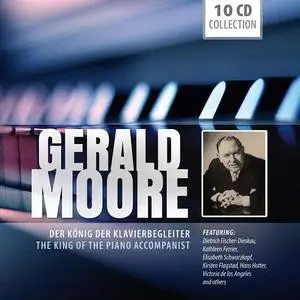


So, the formula for those three chords is simply left to right on the left hand (5, 3, 1).to the ivory fifth note using the fifth finger (the thumb).

go across the ivory keys to the third note using the third finger and.find the fundamental note (C or F or G), and.

The other 3-note major chords use the samefingering shape: That shape (like a formula) uses fingers “5, 3, and 1”. Then the shape of the hand for “C, F, and G” are all the same.First number the fingers and thumb of the left hand “5, 4, 3, 2, 1” starting at the little finger (5) going to the thumb (1).Two basic fingerings will work for all major, minor, 7th, major 7th and minor 7th chords for chording… Picturing the “Shapes of Chords” On Your Fingers and Hands Also, some chords may be complicated by spaced out combinations of notes that are called “perfect,” “augmented,” or “diminished”, etc.Chords may have more than three notes ( not needed for this basic accompaniment work): for example, a chord of 4, 5 or 6 notes are called tetrads, pentads and hexads (also called tetrachords, pentachords and hexachords). These three note chords are called triads or trichords formed by a “formula” like a pattern.Notice that C chord is exactly the same shape as F and G chords in the photos using sticky notes on a keyboard above… but C shown as three notes on lines of sheet music would not show that concept. That is how the key signature pattern works, and that shows how the circle got its name. Then look at the circle and see “D and A are fifths”: D, e, f, g, A. So you can count five in the musical alphabet: ignoring the three notes between the 1st and the 5th one.After G, think of a, b, c, D, and so look at the circle and “G and “D” are fifths because there are 3 notes between them (counting 1, 2, 3, 4, 5) backward or forward. In any part of “A” through “G” - then notes can be thought of as starting over forming a circle. See the pattern of the “Circle of Fifths” is based on counting every 5th note.That’s the technique in short, as the essence of the idea. So you hit individual notes of the chord as mentioned using a form of arpeggio (also called broken chords). Leave the melody for the singer to do, and so you chord cleverly and rhythmically during the vocals (something like strumming, playing rhythm). The major and minor keys differences with key signatures using a Circle of Fifths showing how they progress by fifths… Double-click on the picture to enlarge the image.


 0 kommentar(er)
0 kommentar(er)
